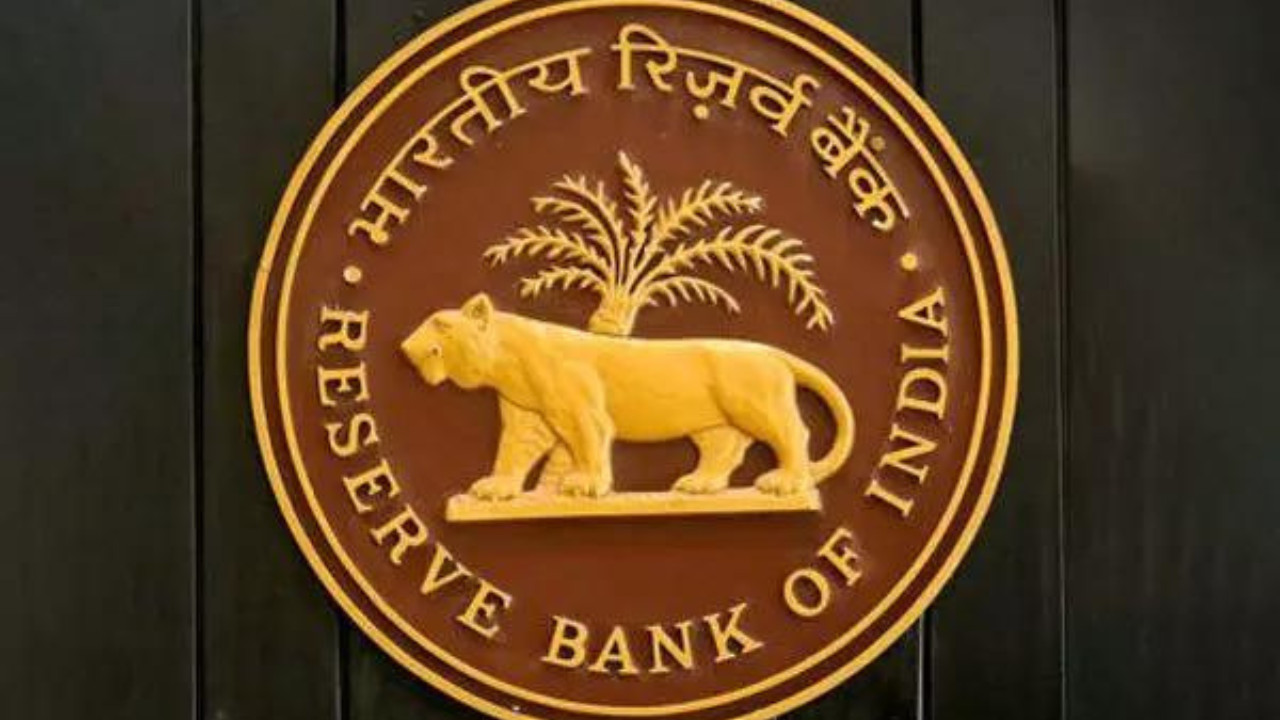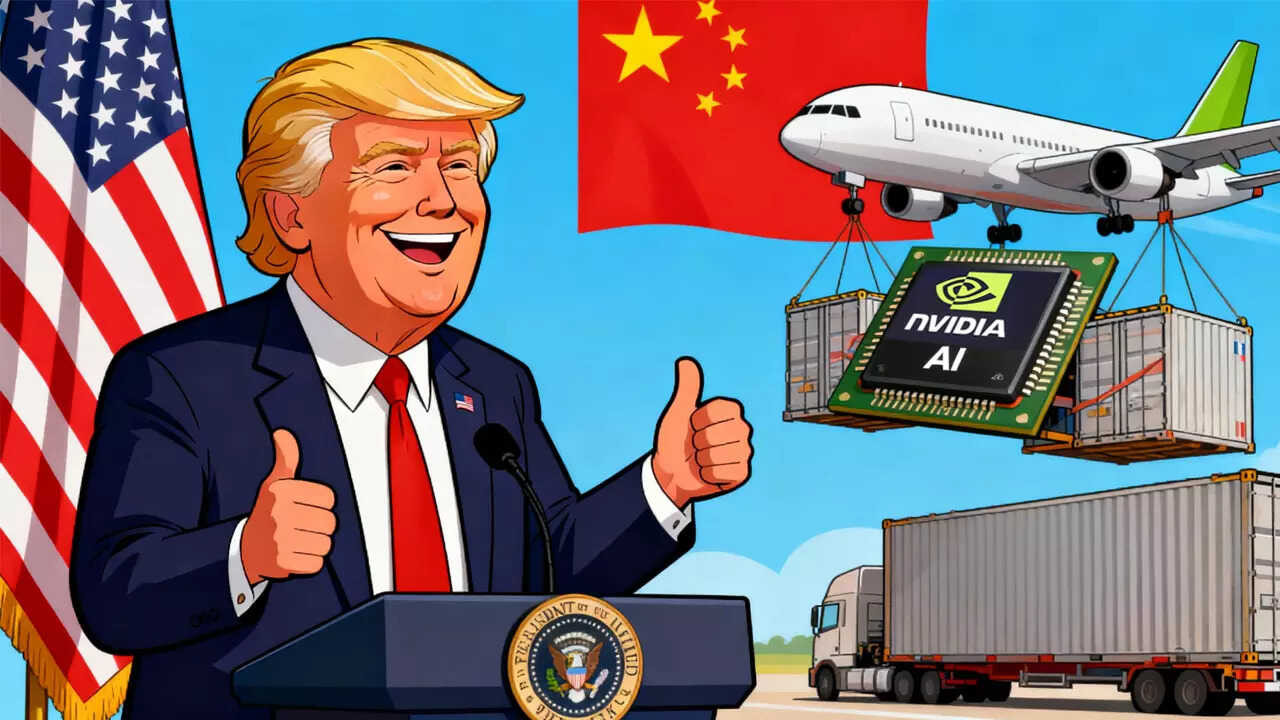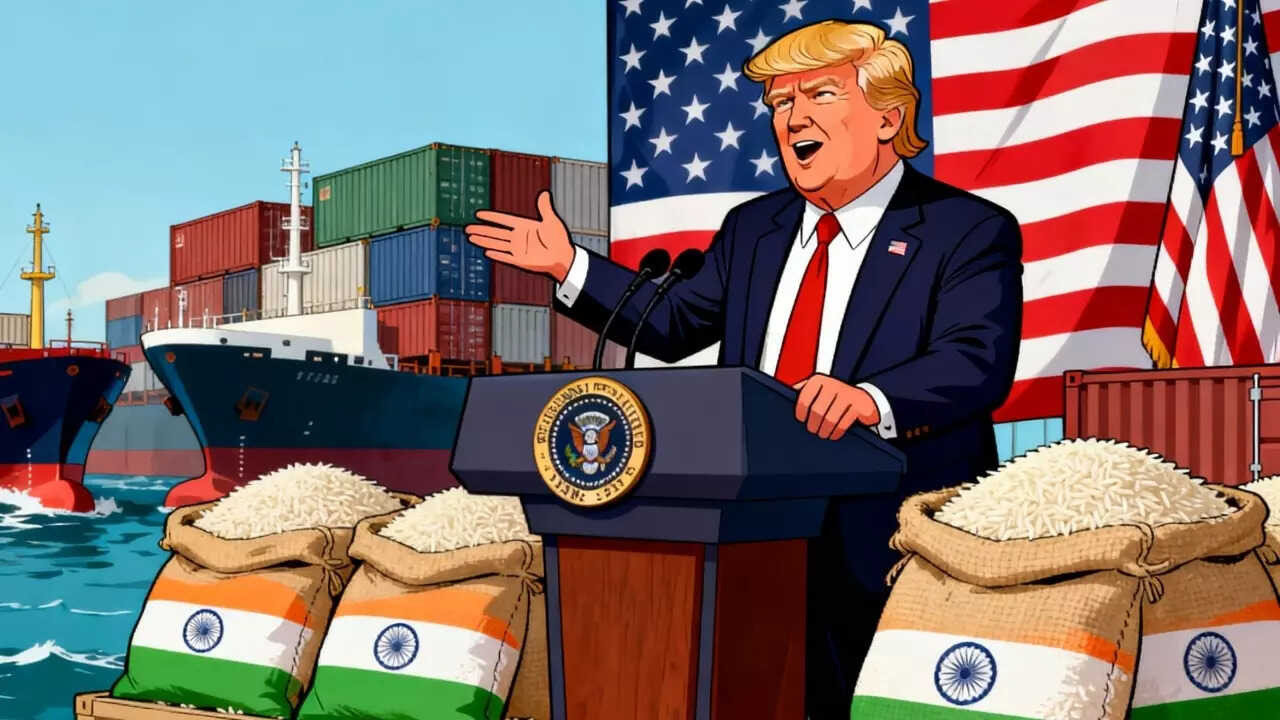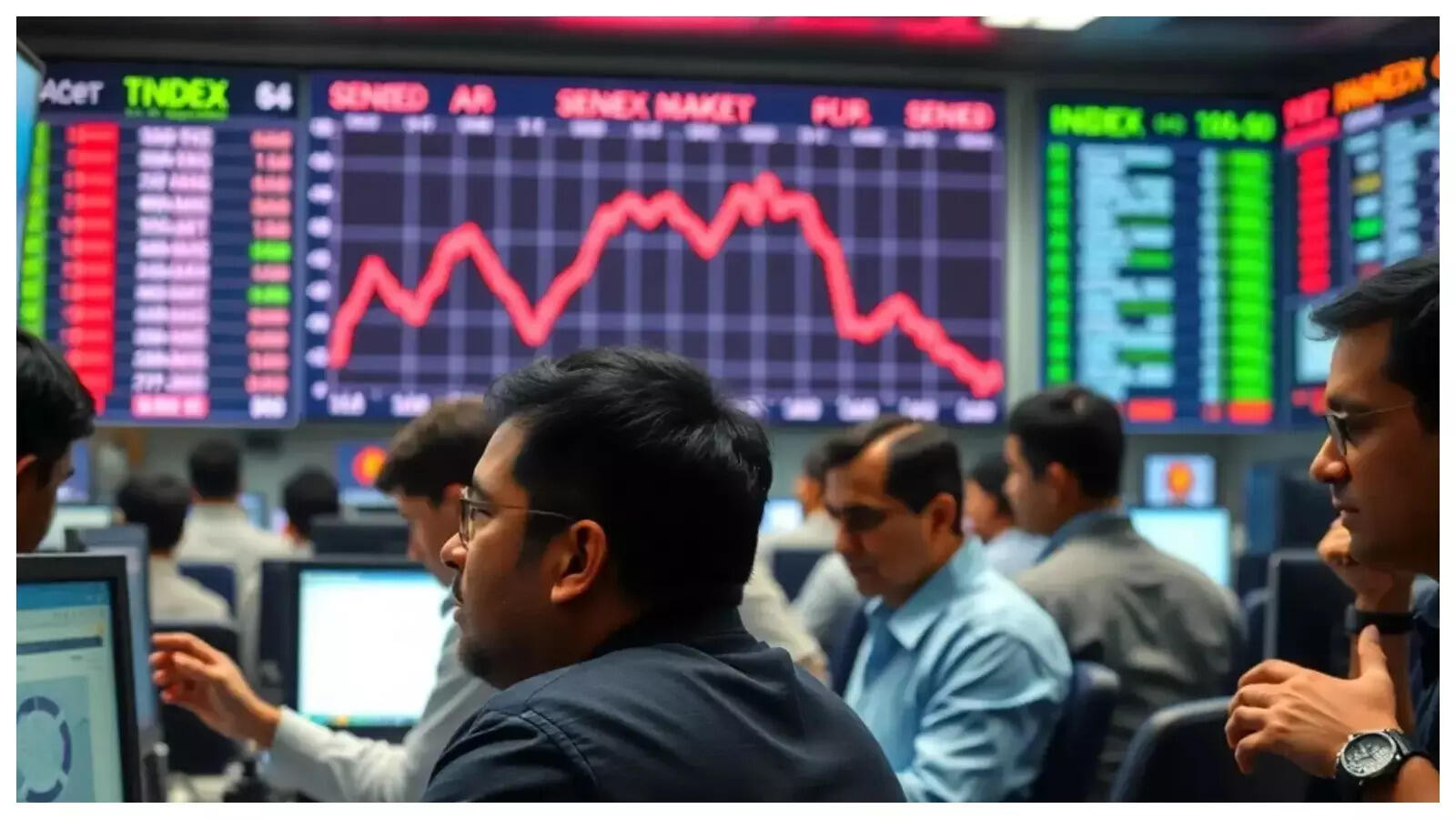RBI’s Monetary Policy Committee, led by Governor Sanjay Malhotra, reduced the repo rate by 50 bps for the second consecutive time, shifting to a neutral stance to boost growth amid global volatility. While most members favored the cut to signal policy certainty and support consumption and investment, one member advocated for a more cautious approach due to prevailing uncertainties.
Decoding the RBI’s Latest Moves: Are Rate Cuts Around the Corner?
So, the Reserve Bank of India (RBI) just wrapped up its latest Monetary Policy Committee (MPC) meeting, and the air is thick with anticipation. I’ve been sifting through the minutes, and let me tell you, there’s more to this than meets the eye. It’s not just about the numbers; it’s about the nuances, the subtle shifts in perspective, and what they might mean for your wallet.
For months now, we’ve been navigating a landscape of relatively stable interest rates. The RBI has been holding its ground, carefully monitoring inflation and trying to strike a balance between supporting economic growth and keeping price pressures in check. But the undercurrents seem to be changing.
The headline is that the Governor, Shaktikanta Das, advocated for a “neutral” stance, keeping the door open for pretty much any future action – rate cuts, pauses, or even hikes, depending on how things unfold. Think of it like a poker player keeping their options open, ready to call, raise, or fold.
Now, here’s where it gets interesting. While the Governor played it cool, a significant majority of the MPC – five out of six members – apparently leaned towards a “front-loaded easing” strategy. In layman’s terms? They were keener on starting to cut rates sooner rather than later.
Why this divergence? Well, the minutes paint a picture of cautious optimism. Inflation, while still above the comfort zone, seems to be trending downwards. Globally, commodity prices are stabilizing, and the monsoon (crucial for India’s agricultural output) is expected to be normal. All these factors suggest that inflationary pressures might be easing.
The MPC members pushing for rate cuts likely believe that the economy could use a shot in the arm. Lower interest rates can make borrowing cheaper for businesses, encouraging investment and expansion. They can also boost consumer spending, as things like home loans and car loans become more affordable. It’s like giving the economy a little nudge to get it moving faster.
However, there are valid reasons to be cautious. Inflation, even if moderating, is still a concern. Prematurely cutting rates could reignite inflationary fires, undoing all the hard work done so far. The global economic outlook is also uncertain, with geopolitical tensions and potential slowdowns in major economies looming on the horizon. The Governor’s “neutral” stance perhaps reflects a desire to proceed with caution, avoiding any rash decisions that could destabilize the economy.
So, what does this all mean for you and me? Well, it’s too early to pop the champagne just yet, but the odds of interest rate cuts in the coming months have definitely increased. If the RBI does decide to ease rates, expect to see lower EMIs on your loans, making it a bit easier to manage your finances. Businesses, too, could breathe a sigh of relief, as borrowing costs come down.
But there’s a catch. Lower interest rates can also lead to lower returns on savings accounts and fixed deposits. So, if you’re relying on those for income, you might need to explore other investment options. The overall impact depends on your individual financial situation.
The RBI’s decision-making process is a complex balancing act, weighing various factors and trying to navigate a constantly evolving economic landscape. They’re essentially trying to steer a ship through choppy waters, and their actions have significant consequences for all of us.
The interesting part is that this hints at a shift in the overall philosophy. For a long time, the focus was firmly on inflation control. While that remains crucial, there seems to be a growing recognition that supporting economic growth is equally important. It’s a delicate balancing act, and watching how the RBI navigates it in the coming months will be fascinating.
Ultimately, while the MPC minutes offer valuable insights, they are just one piece of the puzzle. Economic conditions can change rapidly, and the RBI might need to adjust its course accordingly. Keep an eye on the data, stay informed, and remember that financial planning should always be tailored to your specific needs and circumstances. The game is afoot, and the next few months promise to be interesting as the RBI plays its cards.







